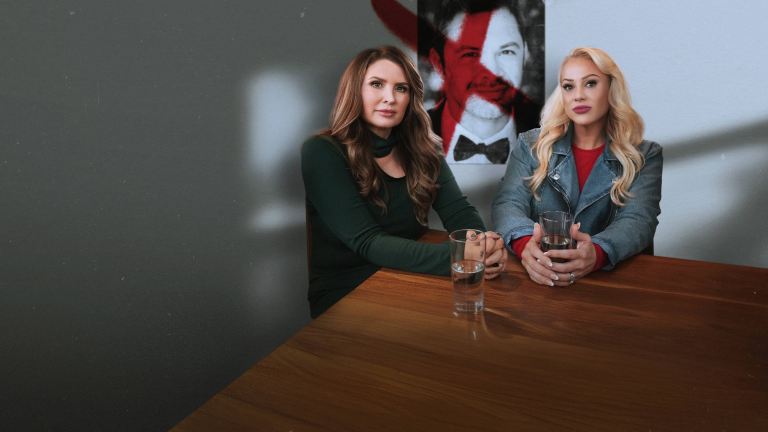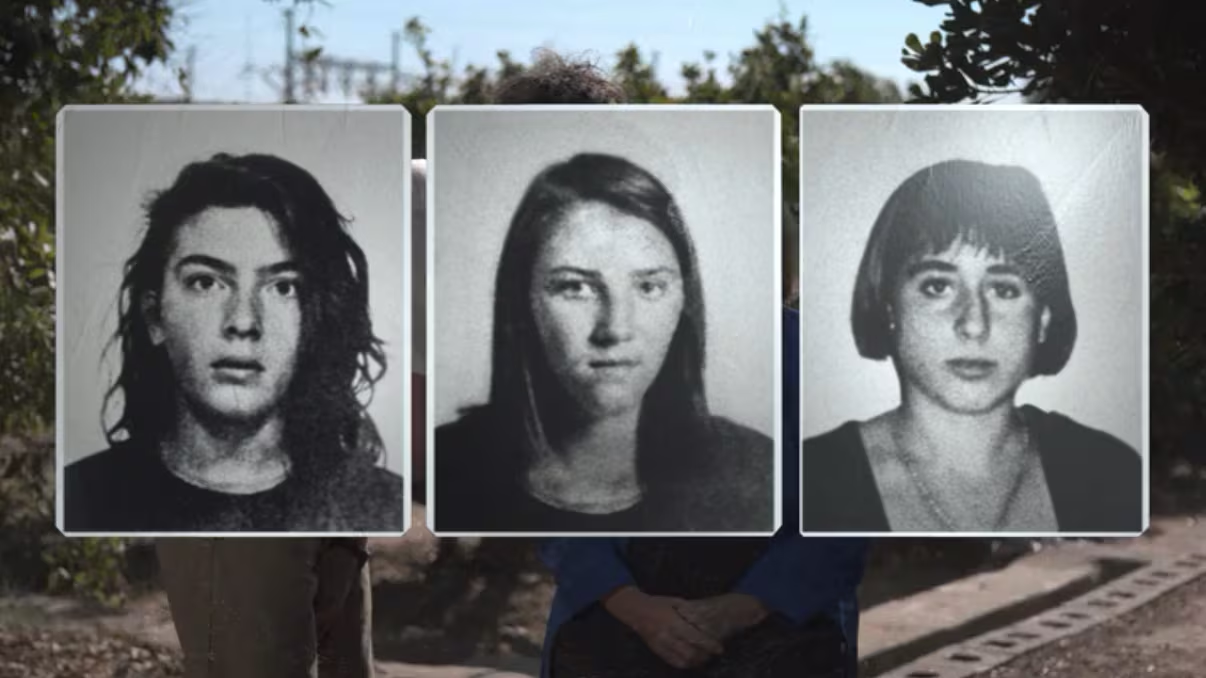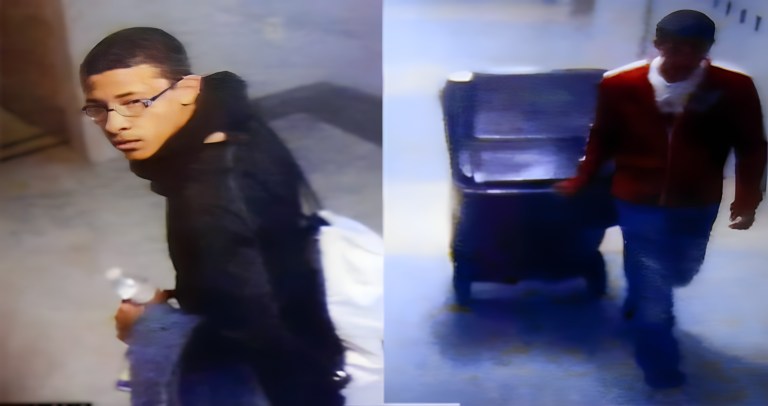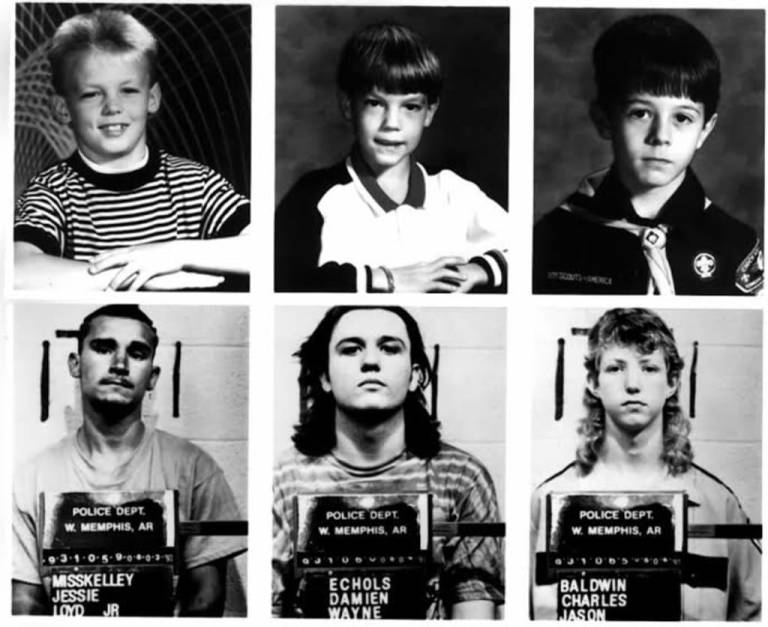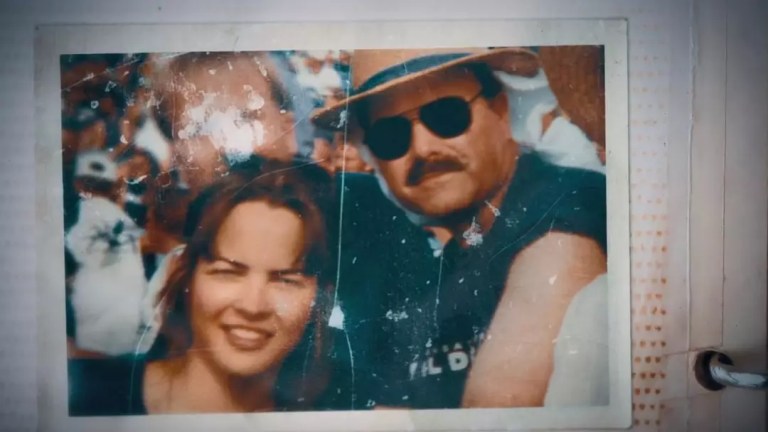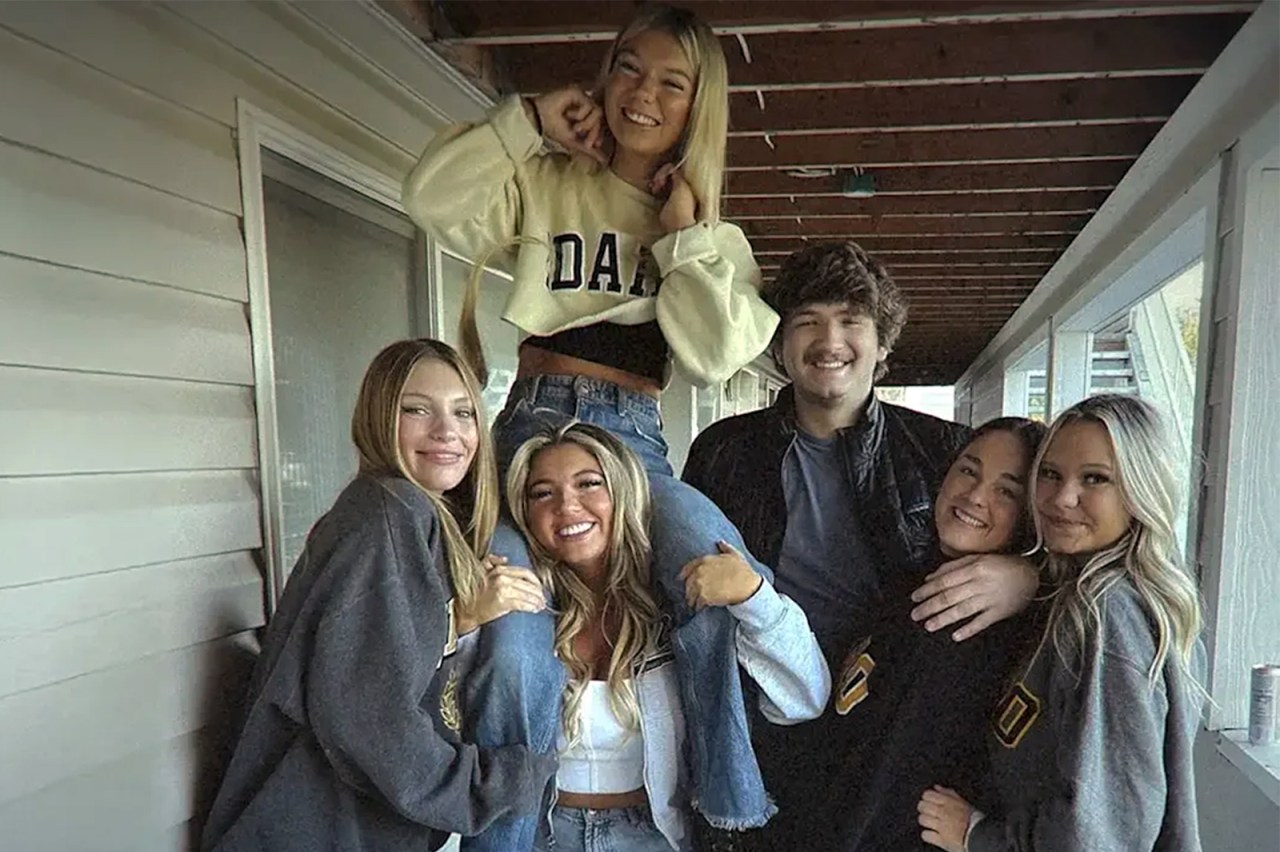
The Idaho College Murders: Killer Says He Did It But May Never Say Why
For nearly three years, the case gripped the public imagination. The brutal stabbing deaths of four University of Idaho students—Madison Mogen, Kaylee Goncalves, Xana Kernodle, and Ethan Chapin—were as shocking as they were confounding. The killer, Bryan Kohberger, had left a knife sheath at the scene with his DNA. He was arrested weeks later, a 28-year-old criminology PhD student living just across the state line.
Then, on July 2, 2025, in a quiet courtroom, Kohberger unexpectedly pleaded guilty to four counts of first-degree murder—one for each victim—and one count of burglary. The plea deal resulted in four consecutive life sentences without the possibility of parole, plus an additional ten years for the burglary charge.
Completely emotionless but with his eyes burning with craziness, Kohberger said, “Yes” to each charge. He said “Guilty” to each charge. And that was it.
There was no testimony, no defense strategy, no witnesses called. No attempt to explain the motive behind one of the most disturbing crimes in recent memory. The victims’ families, who had braced themselves for a lengthy trial, witnessed an admission, but not an explanation.
To many, it felt like a betrayal. The trial had been postponed repeatedly. A gag order had silenced nearly every participant since early 2023. Details remained sealed. And now, the plea meant the public might never learn what led to the killings—why that house, why those people, and what had broken inside the man who carried it out.
Some believed the plea was a calculated move to avoid Idaho’s newly reinstated firing squad. But it may have served another purpose as well. By pleading guilty, Kohberger not only evaded the death penalty; he also sidestepped the courtroom spectacle that might have pinned down his motives and made him look pathetic. By taking a plea, he not only took the spotlight off the victims; he kept a firm grip on the narrative.
The absence of a trial leaves him freer to shape his own version of events later on, with no cross-examination, no witness testimony, and no legal rebuttal. He can lie. He can edit. He can sculpt the narrative in a way that defendants who stand trial cannot. By confessing without explanation, Kohberger retained the one thing a trial would’ve stripped from him: mystery. A trial might have brought clarity, but the motive remains buried without it. What the court delivered was a conviction, not closure.
Speculation has filled the silence. Kohberger was reportedly charmless and socially off-putting. He had no confirmed history of romantic relationships or sexual experience. Former acquaintances described him as intense, awkward, and incapable of connecting. He had struggled with significant health issues, including an autism diagnosis, tinnitus, obesity, and a rare neurological condition called visual snow. He’d once battled heroin addiction.
Some believe the attack may have been driven by feelings of rejection, by a desire for power, or by rage stemming from years of alienation and perceived inferiority.
His victims, by contrast, were socially vibrant: three sorority women and a fraternity member, each with visible friendships, warmth, and joy. Kohberger may have fixated on what he could never be part of—beauty, popularity, and belonging.
While pursuing a Master’s degree in criminal justice in Pennsylvania, he studied under Dr. Katherine Ramsland—a forensic psychologist known for her work on serial killers, including Dennis Rader, the BTK killer. He also took courses by Ramsland in forensic psychology and antisocial behavior.
At the time of the murders, he was pursuing a PhD in criminology at Washington State University. That alone fueled a public eager to find meaning in the overlap. After the murders, Kohberger reportedly searched YouTube for videos specifically focused on Ted Bundy, including titles such as “Ted Bundy: The Perfect Killing Machine” and “Ted Bundy: Essence of a Psychopath.”
Some online users unearthed old posts from an online forum account believed to be his, written when he would have been in his mid-teens. The posts are harrowing. “I felt no emotion and along with the depersonalization, I can say and do whatever I want with little remorse,” one entry from 2011 reads. In another: “It is like I have severe brain damage. I am stuck in the depths of my mind, where I have to constantly battle my demons… I am blank, I have no opinion, I have no emotion, I have nothing.” These writings describe a young person consumed by depression, detachment, and an absence of identity. While never confirmed by authorities, the voice in the posts aligns eerily with what former classmates would later say about him. One classmate of Kohberger’s at Washington State University described him this way: “It’s like you’re staring into an abyss. Something human is supposed to be there, and it isn’t.”
That may be part of the cruel irony now haunting the case: that the lonely and empty killer, not the popular and radiant victims, may be the one whose name is never forgotten. With no trial to highlight the lives of the four students, no public reckoning to place them at the center of the narrative, Kohberger may get what he always seemed to want—attention, infamy, and a story that keeps going. The memory of his victims risks fading into the background while he becomes the object of speculation, fascination, and endless retellings. The same goes for the widespread belief that he followed the female victims on Instagram or messaged one of them shortly before the murders—none of this has been confirmed.
During his plea, Bryan Kohberger said nothing in his own defense—not even in defiance. Unlike other high-profile killers who’ve made statements, written manifestos, or tried to justify their actions, Kohberger offered only a blank expression and a guilty plea. That coldness unnerved many, especially those hoping for at least a glimpse of remorse or explanation.
That flat affect might be why so many fear that even if he does eventually speak, whether in a prison interview or a memoir, it still may not be honest. He may lie. He may relish withholding the truth about assuaging his self-loathing and envy. Worst of all, he may delight in torturing the victims’ families by describing in sickening detail how he murdered his victims.
What further complicates the picture is his behavior after the crime. Investigators have noted his demeanor changed in the hours and days that followed. About six hours after the murders, looking gaunt, pale, and vaguely goatlike, he snapped a selfie in his bathroom that shows him smiling and looking triumphant. As a teaching assistant, he’d previously been harsh and exacting with his students. But after the murders, he reportedly gave them all scores of 100%.
At one point, he and his father drove cross-country together from Washington to Pennsylvania for winter break. Bodycam footage from a traffic stop during that trip reveals a man who appears panicked, maybe even paranoid that he’d been caught.
Adding to the speculation are his digital footprints. The implication is that he wasn’t just interested in criminology academically—he may have been rehearsing an identity. But to what end? To kill and get away with it? To be remembered? Or to finally feel powerful in a world where he always felt invisible?
If notoriety was part of his goal, the plea may serve it perfectly. No trial means fewer facts, more speculation, and a larger space for myth to take root. True-crime obsessives will keep wondering. Writers will keep revisiting. And Kohberger, now sentenced but not fully understood, remains at the center of the storm he created. That may be exactly what he wanted.
For now, all that remains are unanswered questions, sealed documents, and the faint possibility that something more will be revealed at his formal sentencing on Wednesday, July 23.
But for the families and the public, the central wound remains untouched. He admitted what he did.
But not why.
